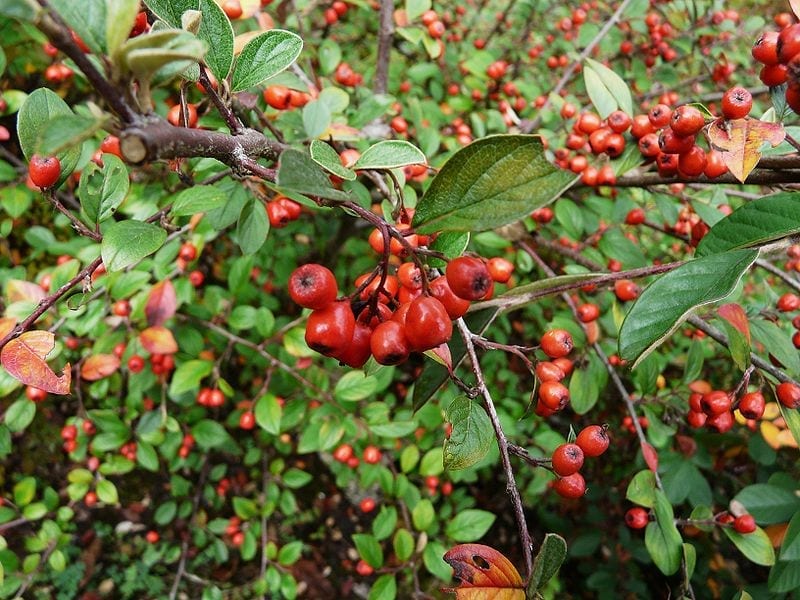This “superplant” is neither more nor less than a type of bush, the bushy cotoneaster. It works best in high-traffic areas, researchers say, while other plants can cool buildings or reduce flooding.
The scientific name of this bushy cotoneaster is Cotoneaster franchetiiit has hairy leaves and is a “super plant” that can help soak up pollution on busy roads, horticultural experts said.
Scientists from the Royal Horticultural Society (RHS) looked at the effectiveness of hedgerows in absorbing air pollution by comparing different types of shrubs, including cotoneaster, hawthorn and western red cedar.
The study is part of the charity’s work to alleviate environmental problems such as air pollution, floods and heat waves, leveraging the benefits of gardens and green spaces.
A shrub with good results
On busy roads, this cotoneaster was at least 20% more effective at absorbing pollution compared to other shrubs, the researchers said, although it made no difference on quieter streets.
Principal investigator Dr. Tijana Blanca said: “On major city roads with heavy traffic, we found that species with more complex, dense canopies and rough, hairy leaves, such as cotoneaster, were most effective.. We know that in just seven days, a three-foot-long dense hedge will eliminate the amount of pollution emitted by a car traveling 500 miles.“.
He said cotoneaster would be ideal for planting along busy roads in pollution hotspots, while in other areas where nature protection is critical, a mixture of species would be recommended.
“Super plant” to alleviate pollution
While a survey of 2,056 people for the RHS found that a third (33%) were affected by air pollution, only 6% are taking active steps in their gardens to alleviate it.
Of those polled by YouGov, 86% said they care about environmental issues, while 78% care about climate change, and RHS hopes to build on this interest to encourage people to think about helping the environment early on.
Professor Alistair Griffiths, Director of Science and Collections at RHS, said: “We are continually identifying new ‘superplants’ with unique qualities which, when combined with other vegetation, provide greater benefits whilst providing much needed habitats for life. wild.
“We have found, for example, that ivy roofing is excellent for cooling buildings, and hawthorn and privet help to alleviate heavy summer rains and reduce localized flooding. If they are planted in gardens and green spaces where these environmental problems are most prevalent, we can make a big difference in the fight against climate change.any”.
RHS scientists are now moving to the Hilltop centre, on the charity’s grounds in Wisley, Surrey, which has facilities that will allow them to further research in these areas, as well as exhibition spaces and gardens to “living lab”.
